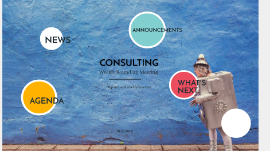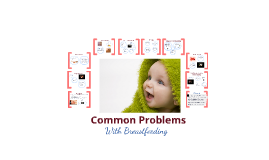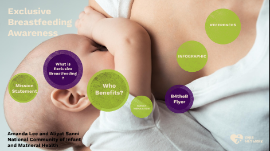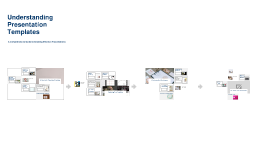Understanding Presentation Templates
Transcript: Photos Reusable assets Understanding Presentation Templates Ante molestie mattis arcu gravida viverra adipiscing volutpat. Ultrices eget viverra eu lectus ullamcorper. Consequat dictum tristique lectus augue felis nascetur amet non. Velit sit placerat tincidunt integer amet massa justo risus netus. Ornare sagittis malesuada varius cursus ipsum erat libero metus eget. Colors Assets A Comprehensive Guide to Creating Effective Presentations 04 01 02 03 Title Aa Aa Subtitle S M W T T S F Paragraph Aa Aa Definition of Presentation Templates Personalizing Templates Practice and Delivery Techniques Practicing presentation delivery enhances confidence and clarity. Techniques include rehearsing in front of peers, utilizing feedback, adjusting pacing, and mastering body language to create a stronger connection with the audience. Templates can be personalized through color schemes, styles, and layout adjustments to reflect the presenter's personality or specific audience requirements. This customization fosters a unique connection and enhances engagement during the presentation. Presentation templates are pre-designed layouts that provide a visual structure for creating slides. They often include placeholders for text, images, and multimedia elements, allowing users to easily develop a cohesive presentation. Consistency in Design Visual Hierarchy Gathering Feedback and Improving Storytelling in Presentations Visual hierarchy directs audience attention to essential information. Utilizing size, color contrast, and placement establishes a priority for viewers, making it easier to process and understand content. A well-featured design aligns focus with intent, ensuring key messages stand out. Consistency across slides fosters a professional and cohesive look. Utilizing uniform fonts, colors, and layouts makes presentations easier to follow and reinforces brand identity. Achieving a unified style boosts credibility and keeps the audience focused on the content rather than design differences. Adding Multimedia Elements Incorporating storytelling transforms presentations into memorable experiences. Structuring content as a narrative fosters emotional connection, enhances relatability, and aids in conveying complex information by putting it into context. Types of Presentation Templates Feedback is crucial for continuous improvement. Collecting audience and peer insights post-presentation provides valuable perspectives that can be used to refine delivery, content clarity, and overall impact for future engagements. Importance of Templates in Presentations Customization Techniques Introduction to Presentation Templates Templates play a crucial role in streamlining the presentation creation process. They enable presenters to maintain brand consistency, save time during design, and focus on content delivery rather than formatting. There are several types of presentation templates including corporate, educational, and creative templates. Each category caters to different audiences and purposes, with unique design elements tailored to enhance engagement. Incorporating multimedia elements such as videos, audio clips, and animations can significantly boost engagement and retention. For instance, a short video can illustrate complex concepts, making them more accessible to the audience. Font Selection and Typography Customizing presentation templates enhances relevance and engagement, tailoring designs to the audience's preferences and the subject matter. Effective customization transforms generic slides into impactful narratives that resonate with viewers. Presentation templates serve as structured frameworks that enhance the efficiency of creating effective presentations. They provide consistency in design, guide the narrative flow, and ensure that key messages are communicated effectively. Effective Use of Visuals Layout and Structure Visuals enhance audience engagement and information retention. Utilize images, charts, and graphs strategically to complement spoken content and clarify complex ideas, ensuring they are relevant and high-quality to maintain professionalism. Font choice affects readability and audience impression. A combination of serif fonts for headings and sans-serif for body text often yields the best results. Consistent typography not only aids in visual coherence but also enhances information retention. An effective layout organizes content clearly and logically. Employing grids, white space, and alignment guides the viewer's eye, enhances focus, and promotes information flow. Structured layouts help in maintaining audience engagement throughout the presentation. Common Elements of Templates Overall Impact of Templates Accessibility Considerations Incorporating Brand Identity Adapting templates to include brand colors, logos, and fonts reinforces brand recognition. Consistent branding across all materials strengthens the connection between the audience and the company, enhancing trust and credibility. Most

















